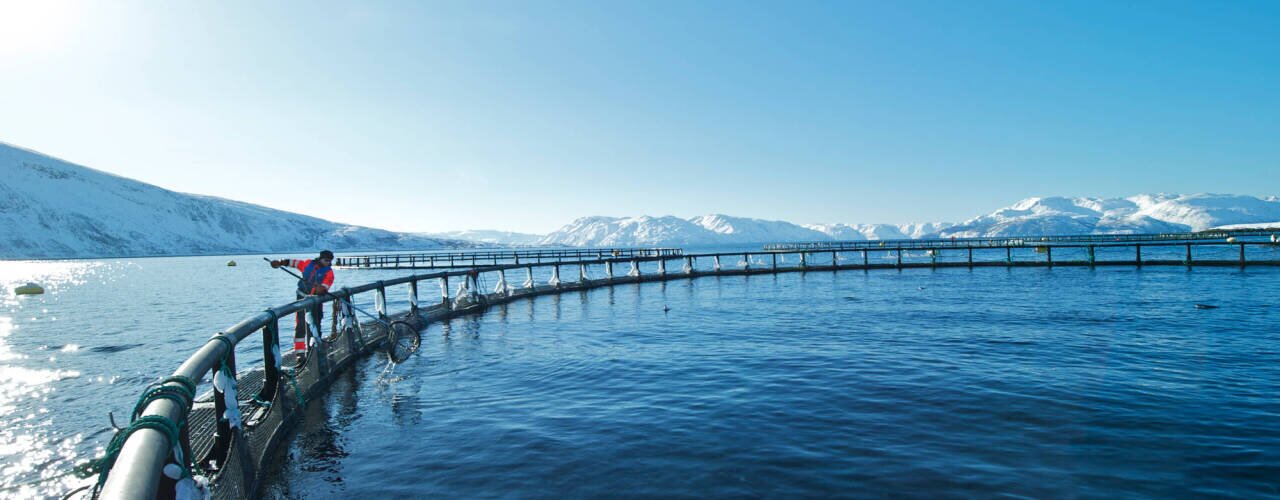The Norwegian regulations are established by the Ministry of Agriculture and Food, the Ministry of Trade, Industry and Fisheries, and to some extent the Ministry of Health and Care Services. Feed production and revenue are regulated by legislation related to food production and food safety and the EEA Agreement, implemented under the Food Act (Norwegian Matloven).
The regulations are enforced by the Norwegian Food Safety Authority (the FSA). They approve and register feed producers, revise corporate quality assurance systems and carry out random inspections, including sample analyses. The FSA also has a monitoring and assessment program for fish feed.
They summarize the requirements for fish feed as follows:
- The feed must be safe and not have a direct adverse effect on the environment or animal welfare.
- The feed must be healthy, natural, fit for purpose and of good quality.
- The feed must be labeled, packaged and presented according to the regulations.
- The labelling and presentation of the feed should not be misleading.
International fish feed
The Norwegian regulations are in line with the EU through the EEA Agreement. There are also several international policies that affect the development of both Norwegian and EU regulations. The Codex Alimentarius Commission, for example, develops standards for the UN's and the World Health Organization's Food Standards Programme. In 2004, the organization adopted the Codex Alimentarius Code of Practice on Good Animal Feeding. Another influential organization is the World Organisation for Animal Health (OIE). The organization created the animal health code, which includes separate guidelines for animal feed.
Norwegian fish feed manufacturers aim to ensure that the production is environmentally friendly, for example by using vegetable raw materials that do not cause deforestation and marine raw materials from sustainable fisheries.
Through the European Feed Manufacturers' Federation (FEFAC), Norwegian fish feed manufacturers are working internationally to make sure that necessary environmental requirements for fish feed are in place. FEFAC's open industry standards are based on internationally recognized global certification schemes, developed in collaboration with international environmental organizations (NGOs) and other certification companies. In order to make the content of the standards fully transparent, FEFAC has developed an open benchmarking system.
Useful links:
The Norwegian Food Safety Authority's requirements for feed (in Norwegian only)
Codex Alimentarius Code of Practice on Good Animal Feeding: http://www.fao.org/docrep/012/i1379e/i1379e06.pdf
